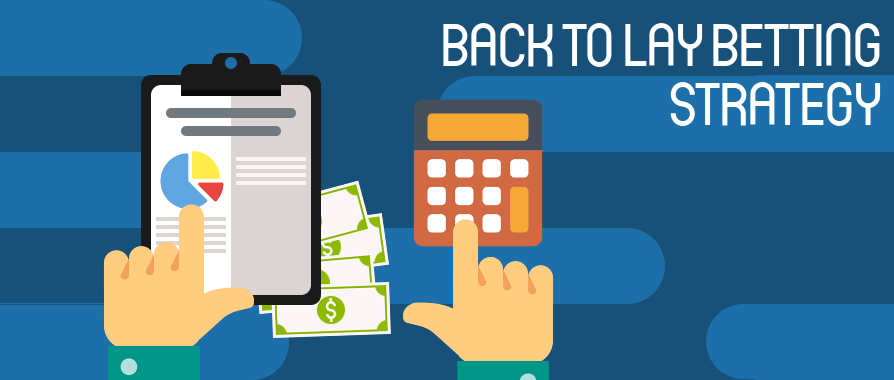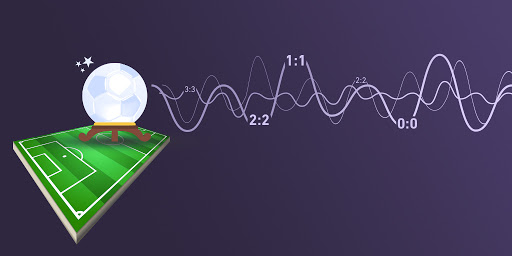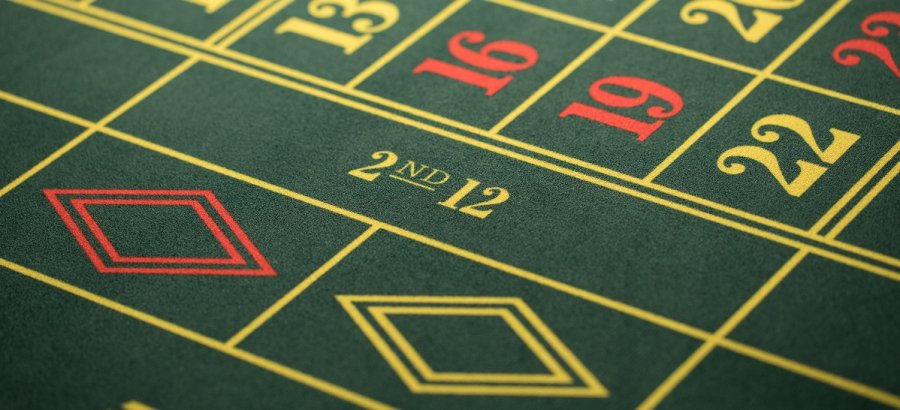
These concepts are among the less familiar to bettors in UK. The reason for this is that they are mostly found in sports exchanges, not in fixed odds platforms, which have completely dominated the market in the last year. We have already explained what the sport exchange is, and now let’s clarify what these Back & Lay bets mean.
The translation of the terms gives us a good basis to understand their meaning. One of the many possible meanings of back besides "back" is "support" when the word is used in a verb form. Lay can also be translated in different ways depending on the context, but as a verb form the main meaning is "lay", "put". In fact, this is the first action in any betting exchange - a participant lays down, opens the relevant market, and other participants accordingly support his bet or bet against it. It may be logical to call this Lay & Back as a cause-and-effect relationship, but the other option has become widely used. I support and I lay - we will use "For" and "Against" instead. It is not a direct translation, but it better explains the nature of the bets.
How to identify the two types of bets?
Here is a clear example. When we enter the Betfair Sports Exchange, we are offered the following options. You can see that in the matches below from the Spanish La Liga for each possible outcome we have two options - in blue are marked the odds for those who support the corresponding sign (Back) and in pink - the odds for those who play against such outcome (Lay ). In other online platforms that offer betting exchange like 1XBet, Matchbook, Smarkets the shades may be different, but the principle is the same - the bets for and against are given in different colors so they can be clearly distinguished.
How to place a Back Bet?
There is nothing complicated about it and it is very much like a standard sports prediction. In the example above, we decide that Real Madrid will beat Barcelona and choose the blue color for sign 1. In this case, the odd is 2.36 - noticeably higher than the stake on fixed predictions, where on the eve of the big derby it varied between 2.10 and 2.20. This is also one of the reasons Back & Lay bets are preferred by many users. We select the blue unit and set the appropriate amount - say 5 euros. However, this does not mean that the bet is immediately accepted. It must be met, i.e. there has to be sufficient capital invested in the reverse option.
We are betting € 5 that Real Madrid will win and opposite another € 5 is needed set with the prediction that Real Madrid will not win El Clasico. Our selection appears on the right, and when it is met, confirmation will be received. Usually in events as popular as the Spanish derby, any bet is confirmed quickly, but in less sought after championships and competitions, we may have to wait until a participant appears to meet our prediction.
How to place a Lay bet?
It may be a little more complicated here, but not that difficult to explain. Generally speaking with a Lay bet we place a prediction Against the specific outcome of an event. If we use the example of Real Madrid - Barcelona again, marking the pink color under the sign 1 means that we exclude it as a possible outcome of the derby. And that means that a draw or a victory for our guests brings us success. This prediction is very reminiscent of the double chance of standard bets, but has the advantage of the much higher odd.
The principle of placing a Lay bet is the same as with a Back bet - we place an amount and expect it to be met with the opposite prediction. We are betting 5 euros to predict that Real Madrid will not win and expect another participant to bet on sign 1. When this happens, the bet is confirmed. Again, our selection appears in the slip on the right and awaits a confirmation. Sometimes it happens almost immediately, sometimes it takes more time.
When we take a closer look at the Betfair Sports Exchange, we can see that by placing the cursor on an option without clicking, we see other data as well. In the example below, we have 11/8 for position 1 of Real Madrid - Barcelona. This means that 11 players supported the bet and 8 played 'Against'. In most cases, Lay bets are fewer in number to allow all Back bets to be settled. This is because the money in the market is generated entirely by the participants. The profit is not taken from the bookmaker, but from other users whose predictions are unsuccessfu. For companies like Betfair or 1XBet there is only a commission for providing a gaming platform.
So those who choose Lay bets actually play the role of a bookmaker. Some of those who bet against are actually setting the opening odd, which also change according to the participants in the sports exchange. Of course, we can simply choose the options that are already available
In sports exchanges, we also see how much money is put into an event (match, tournament, competition). Both the total predictions that are met and the bets For and Against individual markets are given. The popularity of a particular event can also tell us how quickly our bet will be met - the more money and participants there is, the more likely we are to quickly find an opponent.
What sports Back and Lay bets are offered for?
The main focus, as with standard predictions, is football. In addition, at Betfair Sports Exchange, for example, we also find opportunities to predict the For and Against for the following sports:
- Basketball
- Volleyball
- Golf
- Snooker
- Tennis
- Rugby (League, Union)
- American Football
- Boxing
- MMA
- Horse Racing
- Dog Racing
- Ice Hockey
- Motor Sports
The principle of action is the same. Some participants support a specific prediction, while others bet against it. The way Back and Lay bets work is not difficult to understand.







